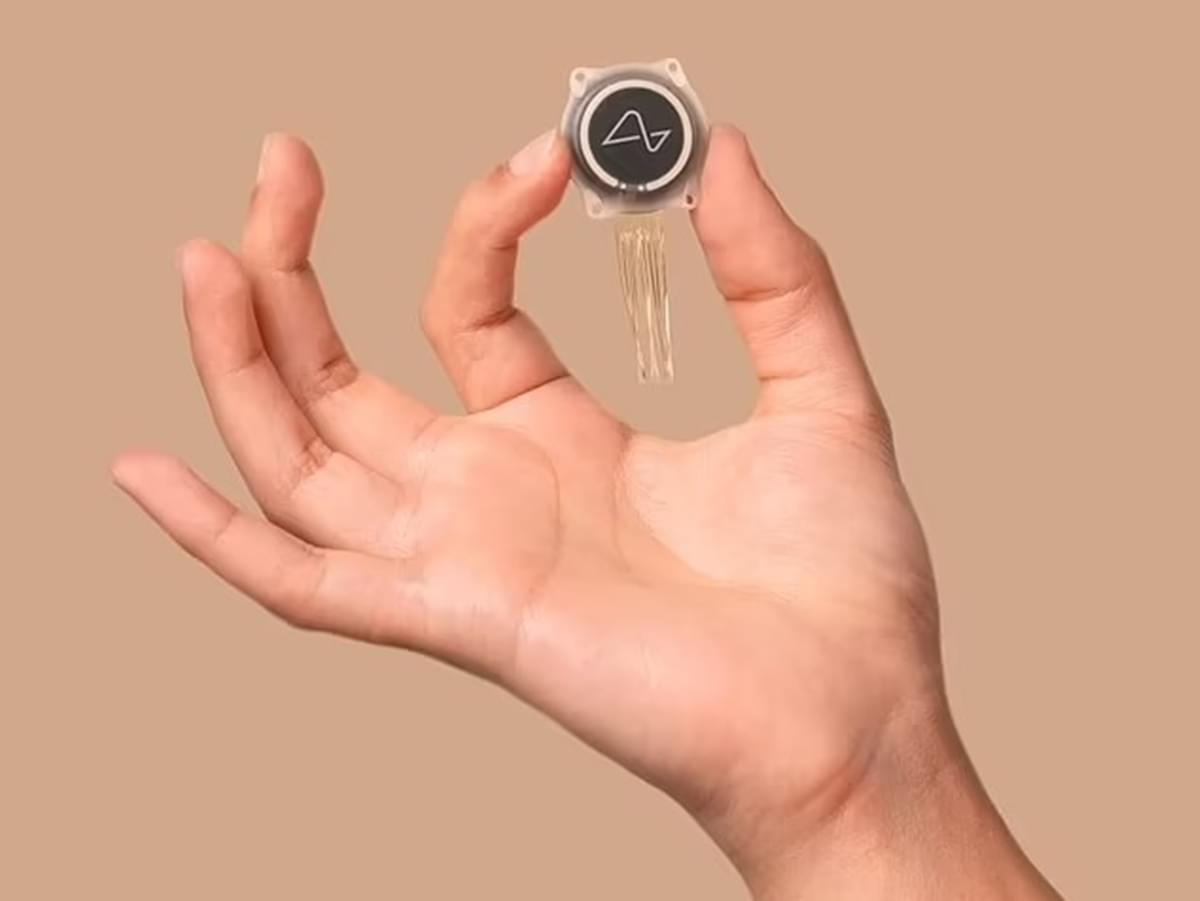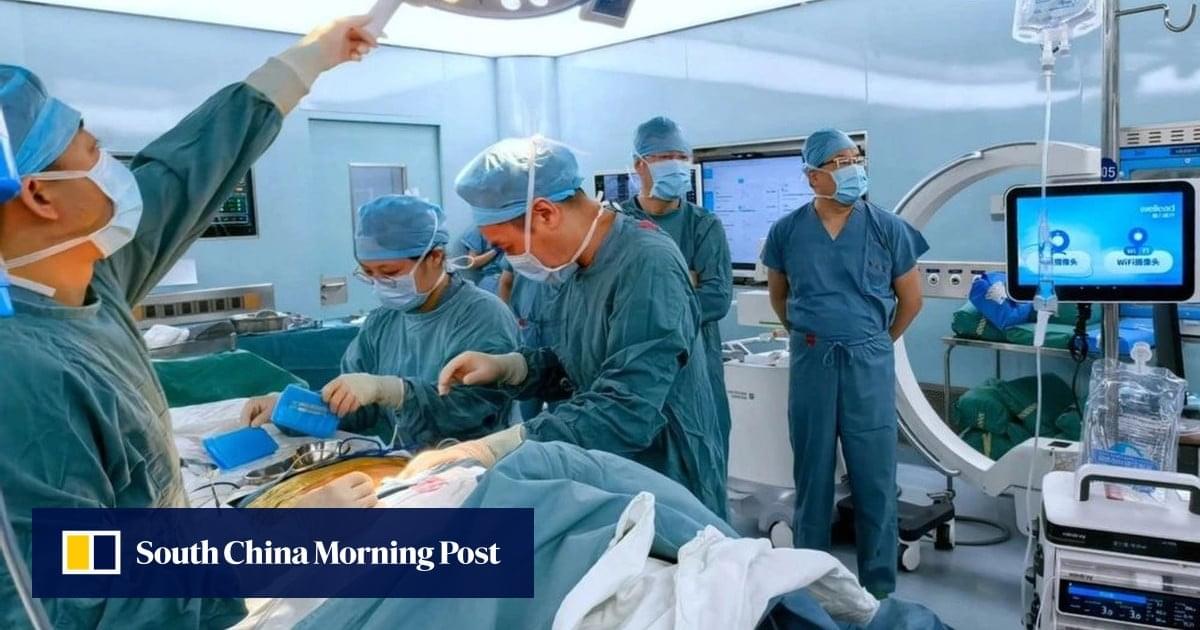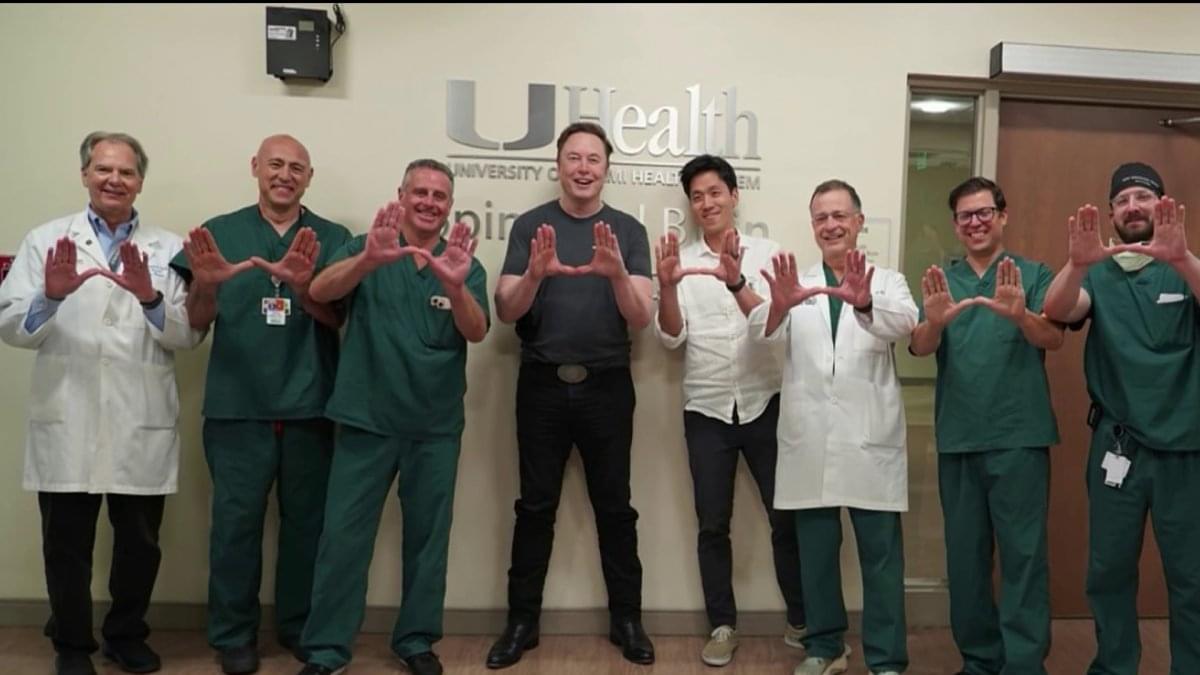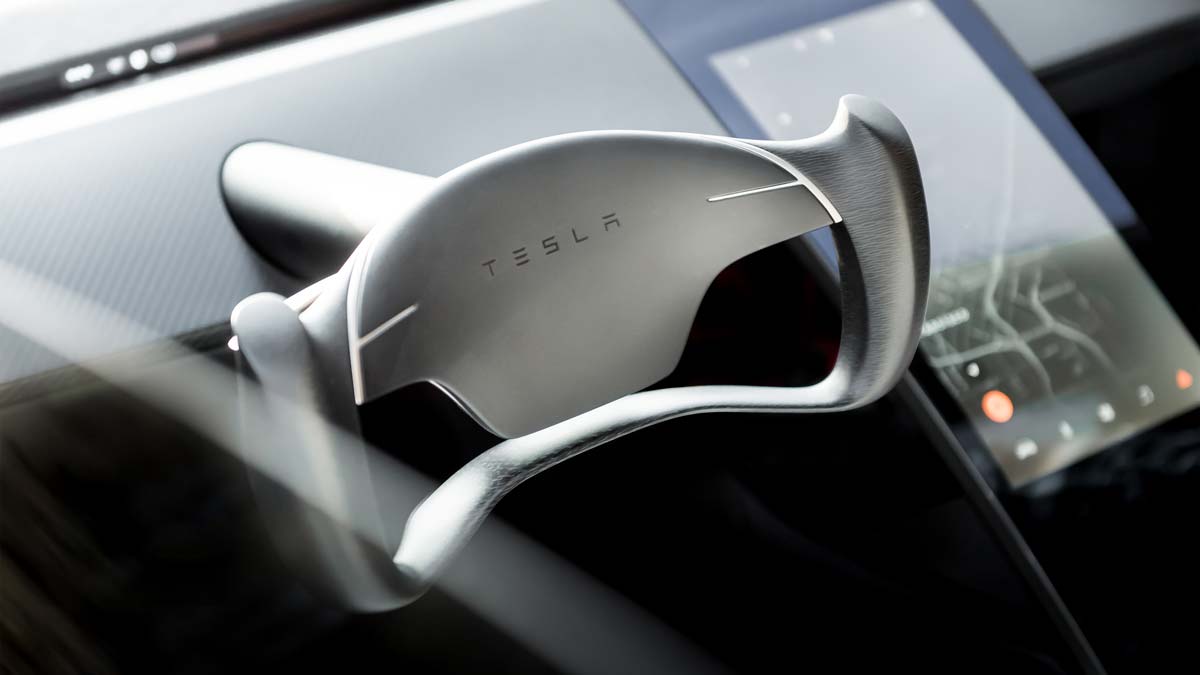Neuralink launched the first European clinical trial in the UK to test brain implants that let paralyzed patients control devices with their thoughts.



Fable, a San Francisco-based startup, has created a new streaming service called Showrunner, which is touted as «Netflix with AI». Its main feature is that viewers can create scenes or entire episodes for TV shows from scratch — using simple text prompts for artificial intelligence. The idea may seem dubious, but a tech giant like Amazon believed in the project’s potential and invested an undisclosed amount in Fable and the development of streaming.
Showrunner currently operates in closed alpha version with 10,000 users (another 100,000 are on the waiting list) and offers two original «shows» — storyworlds with characters that users can direct into different narrative arcs.
The first, titled «Exit Valley», is described as a «Family Guy-style television comedy set in Sim-Francisco, poking fun at artificial intelligence leaders Sam Altman, Elon Musk, and others». Second, «Everything Is Fine», in which a husband and wife have a big fight while going to Ikea, and then are transported to a world where they are actually divorced and have to find each other.

Microsoft is reportedly in advanced talks with OpenAI for a new agreement that would give it ongoing access to the startup’s technology even if OpenAI achieves what it defines as AGI, or advanced general intelligence. If the deal goes through, it would clear a key hurdle in OpenAI’s transition toward becoming a fully commercial enterprise.
The companies have been negotiating regularly, and they could come to an agreement in a few weeks, Bloomberg reports, citing three anonymous sources. The report cited some of the sources as saying that while the talks have been positive, other roadblocks could emerge in the form of regulatory scrutiny and Elon Musk’s lawsuit to block OpenAI’s for-profit transition.
OpenAI is currently structured as a mission-driven nonprofit that oversees a capped for-profit company — a setup that’s meant to limit how fully it can commercialize or raise money. That structure hasn’t stopped it from raising billions and operating like a traditional tech company, but OpenAI still wants to shake off its constraints.
Questions to inspire discussion.
🛻 Q: How did the Cybertruck perform in safety tests? A: The Cybertruck received a 5-star rating from NITSA, achieving the lowest overall probability of injury and lowest chance of rollover ever for a tested pickup truck.
🤖 Q: What role do humanoid robots play in Tesla’s future valuation? A: Tesla’s humanoid robots at massive scale are considered a key factor in reaching a potential $20 trillion valuation, according to Elon Musk’s modeled scenarios.
Expansion of Autonomous Services.
🚕 Q: What are Tesla’s plans for robotaxi service in San Francisco? A: Tesla plans to launch a robotaxi service in San Francisco this weekend, with drivers in the driver’s seat to collect data for regulatory approval.
📊 Q: How quickly is Tesla expanding its robotaxi service in Austin? A: Tesla’s autonomous vehicles have collected thousands of intervention-free drives in Austin, with robotaxis expanding their service area in less than 3 weeks after launch.

Questions to inspire discussion.
⚡ Q: What advantages does XAI’s proprietary cluster offer? A: XAI’s proprietary clusters, designed specifically for training, are uncatchable by competitors as they can’t be bought with money, creating an unbreachable moat in AI development.
Tesla’s Autonomy and Robotaxis.
🚗 Q: When is Tesla expected to launch unsupervised FSD? A: Tesla is expected to launch unsupervised FSD in the third quarter after polishing and testing, with version 14 potentially being unsupervised even if not allowed for public use.
🤖 Q: What is the significance of Tesla’s upcoming robotaxi launch? A: Tesla’s robotaxi launch is anticipated to be a historic moment, demonstrating that the complexity of autonomous driving technology has been overcome, allowing for leverage and scaling.
💰 Q: How might Tesla monetize its Autonomy feature? A: Tesla may charge monthly fees of $50-$100 for unsupervised use, including insurance, on top of personal insurance costs.

Questions to inspire discussion.
Safety and Performance.
🛡️ Q: How does Tesla’s full self-driving system compare to human driving in terms of safety? A: According to Elon Musk, Tesla’s end-to-end neural networks trained on massive video datasets have been proven to be dramatically safer than average human driving.
⚡ Q: What recent hardware upgrade has improved Tesla’s full self-driving capabilities? A: Tesla’s AI4 hardware has been upgraded to 150–200 watts, enabling more complex neural networks and faster decision-making, achieving 36 frames per second processing.
Scalability and Efficiency.
📈 Q: Why is Tesla’s vision-only approach considered more scalable than competitors’ methods? A: Tesla’s vision-only approach is more scalable than competitors’ use of multiple sensors, sensor fusion, and high-definition maps, as stated by BU’s Robin Lee.

Dr. Jagid and his team executed the implant on RJ just months ago.
“This device is completely invisible, you know, to anybody else that interacts with somebody who has it implanted. The other thing that makes it very unique is how it’s been miniaturized. It’s a very small device,” Dr. Jagid said.
During Neuralink’s summer update on the trial, they showed the moment one participant was able to move a cursor with his thoughts.
